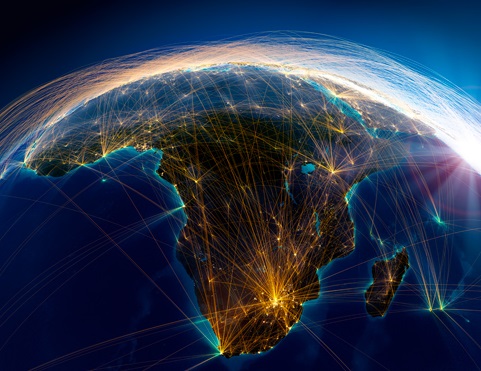
Online tool to promote trade between African countries
October 15th, 2020 – An online tool designed to help businessmen and businesswomen in Africa understand how best to trade between African countries came a step closer to becoming fully operational in August 2020 as a demonstration version came onstream.
The African Trade Observatory (ATO) – a mechanism being implemented by the International Trade Centre (ITC) to help the new African Continental Free Trade Area (AfCFTA) function when it goes live in 2021 – has begun testing the online dashboard to give real-time trade statistics to African users.
Such information will include intra-continental trade flows (traded values, traded quantities, the use of tariff preferences, taxes and fees paid at the border), and information on market conditions (such as taxes applicable at the border and regulatory requirements).
The transfer of raw data from providers to the ATO team will be automated where possible to make the collection of quantitative information sustainable.
The portal will be divided into three modules to allow users to compare trade opportunities in Africa, explore market access conditions of African partners and monitor the implementation process and achievements of the AfCFTA and the Boosting Intra African Trade Action Plan.
More…http://www.nanews.net/news/online-tool-to-promote-trade-between-african-countries/
Written by Nordic Africa News
Photo: Il Sole 24 Ore
Related Post
Equipping SMEs with the skills to...
SMEs and entrepreneurs heavily depend on skills to stay competitive and face greater challenges than larger firms in accessing and retaining...
The future of entrepreneurship with AI
AI-native startups are redefining the nature of entrepreneurship through accelerated scaling. With leaner teams, evolving funding dynamics, ...
Micro and small businesses can act...
In an international context where conflicts have reached their highest level since the Second World War, what role can micro, small, and med...




